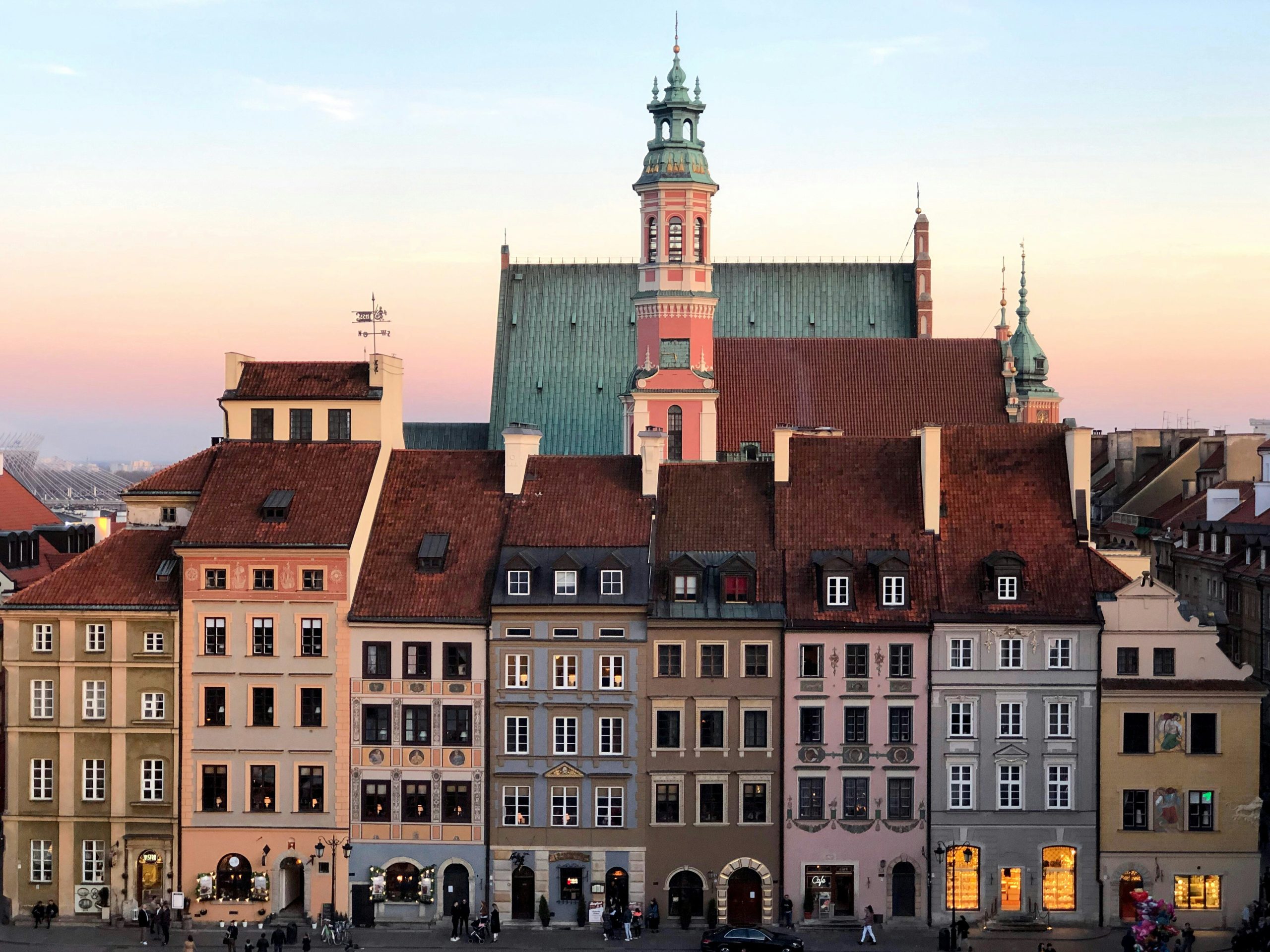What I Wish I Knew Before Living in Poland: 5 Key Tips
Hello! My name is Torben, I’m from Germany and am currently living and working in Rzeszów, Poland as a volunteer. Every time you move into another country there are new rules or circumstances that you are not used to. This can also happen to you if you want to visit or move to Poland! But don’t be afraid, because I have 5 interesting and useful facts for you, that I wish I had known before coming to Poland!
5. Stores are closed on Sundays
If you’re not aware of this, it can really catch you off guard. Imagine you forgot to do your grocery shopping on Friday or Saturday, and now it’s Sunday, and your fridge is empty. No problem, right? You can just pop out to the store! But what starts as a quick trip to the nearest supermarket ends in shock and disbelief when you find the doors closed. This isn’t a coincidence—Sunday is a rest day in Poland, which means all stores and supermarkets are closed. While this is common in some other European countries, it can be quite surprising if you’re not used to it.
My advice? Make sure by Friday or Saturday that you have enough groceries to get through the weekend. And even in the case of an emergency, there is still a Zabka somewhere open.
4. The Weather
For many newcomers to Poland, the weather can be quite a surprise. Not only does it vary, but it can also reach extremes. The Polish winter is probably the most well-known, but there’s much more to be aware of! To help you prepare, here’s a quick guide to Polish weather:
Winter (Zima): From December to February, Poland’s winters are harsh, with temperatures often plunging to -20°C. Heavy snow and icy winds are common, so warm clothing is a must.
Spring (Wiosna): March to May brings gradual warming, but the weather can be unpredictable. Expect chilly mornings, occasional rain, and blooming flowers by May.
Summer (Lato): June to August offers pleasant temperatures between 20-30°C, with July being the warmest month. While generally sunny, late afternoon thunderstorms are frequent.
Autumn (Jesień): September to November is a time of vibrant fall colors and cooling temperatures. September can still feel like summer, but by November, expect the first frosts and frequent rain.
So, how can you make life easier in these conditions?
- Dress in Layers: The weather changes quickly, especially in spring and autumn.
- Winter Gear: Invest in quality winter clothing to stay comfortable during the colder months.
- Embrace the Seasons: Each season offers unique experiences, from winter’s snowy landscapes to summer’s sunny days.
With the right preparation, you’ll be able to enjoy Poland’s diverse weather year-round.
3. The Language
While it would be very appreciated if you could already speak Polish, it’s understandable that you might not start off as a fluent speaker—especially since Polish is not an easy language. It has its own unique letters, pronunciation, grammar rules, and even seven (!) different cases.
What I noticed in my first few weeks is how differently Polish people respond when you know even a few basic phrases. Not only does it make it easier for them to understand you, but it also shows that you appreciate their culture and are making an effort to integrate.
So, here are some of the most important phrases you’ll use every day:
Dzień dobry = Good day
Dziękuję = Thank you
Proszę = Please
Tak = Yes
Nie = No
2. Cost of living and currency
Compared to many European countries, Poland is a very affordable place to live. However, there are a few things you should keep in mind.
First, the currency in Poland is not the Euro but the Złoty. You’ll find plenty of ATMs in Poland where you can withdraw Złoty, but you can also exchange currency at your bank before you leave. Just make sure to check which exchange rate works best for you.
1. Polish cuisine
Polish cuisine is something everyone should try at least once! It’s hearty, flavorful, and gives you a taste of Poland’s rich culture and history. The food combines Slavic traditions with influences from nearby countries, creating a variety of delicious dishes. I would recommend you, of course, pierogi, which are dumplings filled with potatoes, cheese, or meat, and Bigos, a stew made with cabbage and different types of meat. There’s also Żurek, a tangy soup with sausage and eggs, and Kielbasa, tasty Polish sausages.
Eating Polish food isn’t just about the flavours; it’s a way to experience the country’s warm hospitality and traditions. So come to Poland and enjoy.
Smacznego!
So, what did we learn today? Buy your groceries before Sunday, prepare for the extreme weather, try to learn at least a little bit of Polish, stock up on a couple of Złoty and be excited about Polish cuisine! Now nothing is hindering you from visiting Poland!
Don’t be afraid, come and enjoy the Polish way of living!

